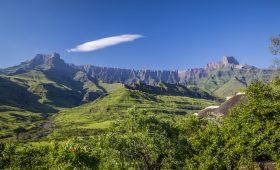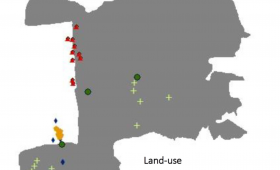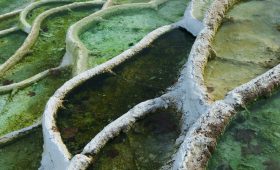Exploring Lewa Wildlife Conservancy
Lewa Wildlife Conservancy, situated in Kenya, offers a unique experience for wildlife enthusiasts. This expansive sanctuary spans 66,000 acres and is a critical habitat for a variety of species, including some that are endangered. Established in 1994, the conservancy has a rich history of conservation efforts, making it a significant destination for those interested in wildlife preservation.
Wildlife Encounters
Lewa is renowned for its diverse wildlife. It is home to African elephants, black rhinos, and a thriving population of big cats such as lions, cheetahs, and leopards. The conservancy’s efforts in protecting these species are evident in the healthy populations you can observe. Guided game drives offer a chance to see these animals up close, while walking safaris provide a more intimate experience with the landscape.
Cultural Connections
Beyond the wildlife, Lewa offers a chance to engage with the local Maasai community. The Maasai people, known for their vibrant culture and traditions, are integral to the conservancy. Visitors can learn about their way of life, participate in cultural exchanges, and even witness traditional dance performances. This cultural immersion adds depth to the visit, offering insights into the symbiotic relationship between the community and the land.
When to Visit
Lewa Wildlife Conservancy is accessible year-round, but each season offers different experiences. While the Great Migration is not a feature of Lewa, the dry season from June to October is ideal for wildlife viewing as animals gather around water sources. The landscape is also more open, making it easier to spot wildlife.
Getting There
Travelers can reach Lewa by flying into Jomo Kenyatta International Airport in Nairobi. From there, a domestic flight to Lewa Downs Airport is the quickest option. Alternatively, a road trip from Nairobi takes about 4-5 hours, offering scenic views of the Kenyan countryside. The roads can be challenging, so plan accordingly.
Exploring the Conservancy
Once at Lewa, various transportation options are available. Guided game drives are popular, but for a different perspective, consider horseback or camel safaris. For a truly unique experience, hot air balloon rides offer breathtaking aerial views of the conservancy, allowing you to appreciate the vastness of the landscape and its inhabitants from above.
While Lewa offers incredible wildlife and cultural experiences, it’s important to be prepared for the remote setting. Accommodations can be rustic, and the terrain may be challenging for some. However, for those seeking an authentic and enriching adventure, Lewa Wildlife Conservancy is a destination that delivers on both conservation and cultural fronts.




